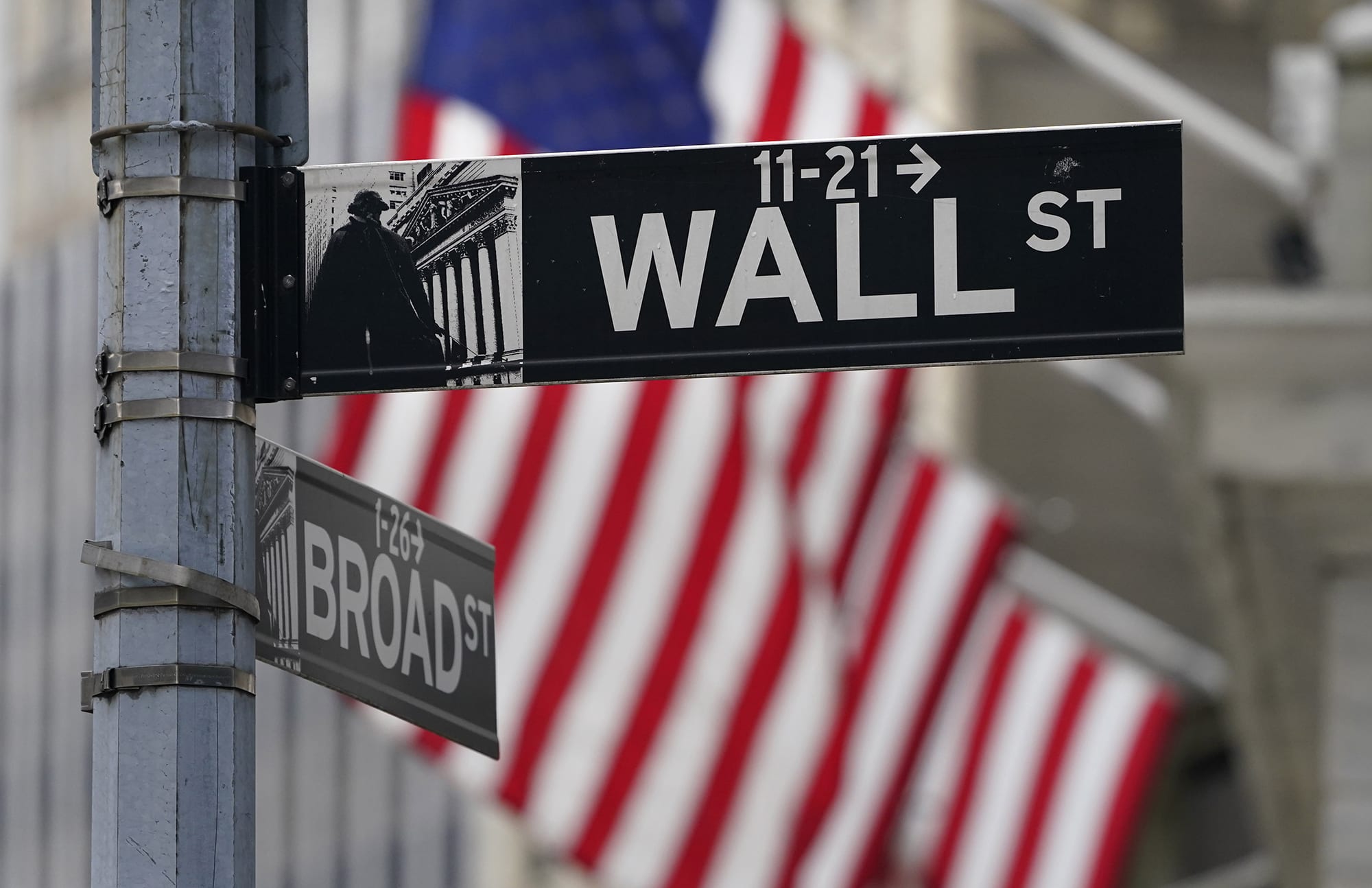
The average transaction fee paid by retail investors to buy or sell corporate bonds fell 5% after regulators forced brokers to disclose these fees, according to new research co-authored by Berkeley Haas Asst. Prof. Omri Even-Tov.
The fee disclosure, which brokerage firms fought for about two decades, finally took effect for some corporate and municipal bond trades in 2018. This paper is the first academic research to examine its impact on trading costs for corporate bonds, and the findings highlight the need for regulators to provide better disclosures to retail investors, Even-Tov said.
“If their fees were fair before this, we shouldn’t have seen any effect, but we do find a reduction,” he said. “They were charging higher fees than they should have been.”
If their fees were fair before this, we shouldn’t have seen any effect, but we do find a reduction…They were charging higher fees than they should have been. —Asst. Prof. Omri Even-Tov
Hidden markups
When companies sell bonds to investors, they are borrowing money. After they have been issued, these bonds are bought and sold “over the counter,” between broker-dealers who trade them with their clients. When a broker charges a client more than the prevailing market price, it’s known as a markup. The difference represents the broker’s profit and the client’s trading cost—akin to a commission.
Until recently, investors had no easy way to know how much they were paying their brokers because the markup was not disclosed; it was embedded in the bond’s price. For example, an investor might have seen that they paid $102.50 for the bond, but not that the firm had purchased it for only $100.
Knowledgeable investors could estimate the markup by looking up the bond’s trading history in a database known as Trace—short for Transaction Reporting and Compliance Engine. They could then negotiate with their broker for a lower markup.
“However, estimating markups imposes information processing costs on investors, potentially creating information asymmetry between unsophisticated investors and bond-market professionals,” wrote the authors, who include Christine Cuny of New York University’s Stern School of Business and Edward Watts from the Yale School of Management.
New disclosure rule
In 2016, the Financial Industry Regulatory Authority, Wall Street’s self-regulator, adopted a rule that required broker-dealers to disclose their markups when they buy corporate bonds and sell them to retail (non-institutional) investors the same day. Brokerage firms take little risk of losing money on same-day trades. The disclosure applied to such trades starting in May 2018.
These markups appear in the confirmation investors receive after they’ve made the trade. That’s too late to negotiate a lower commission, but it could lead customers who previously didn’t know how big these markups are “to reevaluate their brokerage relationship.” Even-Tov and his co-authors wanted to know whether this had led brokers to reduce markups on trades subject to the disclosure.
To test this hypothesis, they used Trace to examine retail-size trades—which they defined as trades of $100,000 or less—during the six months before and six months after the rule took effect. They calculated the markup as the total cost that investors would incur to buy and sell a bond.
On average, they found the markup on same-day retail trades declined by about 5% compared to trades not subject to the disclosure, or from about $431 to $409 on a $50,000 trade, Even-Tov said.
The reduction was larger than average for the smallest trades. “These trades are likely executed by unsophisticated investors who have a limited supply of information processing capacity,” the authors wrote. They also found that the reduction in markups was more pronounced for less-liquid bonds, such as high-yield, long-duration and smaller issues.
Lower costs for consumers
Consumer groups had argued that this long-overdue rule change would give retail investors more information to make better decisions and foster increased price competition. The securities industry had contended that the implementation costs would be significant and passed on to investors. The authors said the 5% savings they observed was after any costs passed to customers.
Markups are large “because frictions in the over-the-counter bond market enable market professionals to take advantage of uninformed investors,” the authors wrote.
“Our findings show that disclosure requirements function as a regulatory tool, and constrain financial professionals’ opportunistic behavior,” Even-Tov said.
The paper, entitled “From implicit to explicit: The impact of disclosure requirements on hidden transaction costs,” is forthcoming in the March edition of the Journal of Accounting Research. Read it online here.